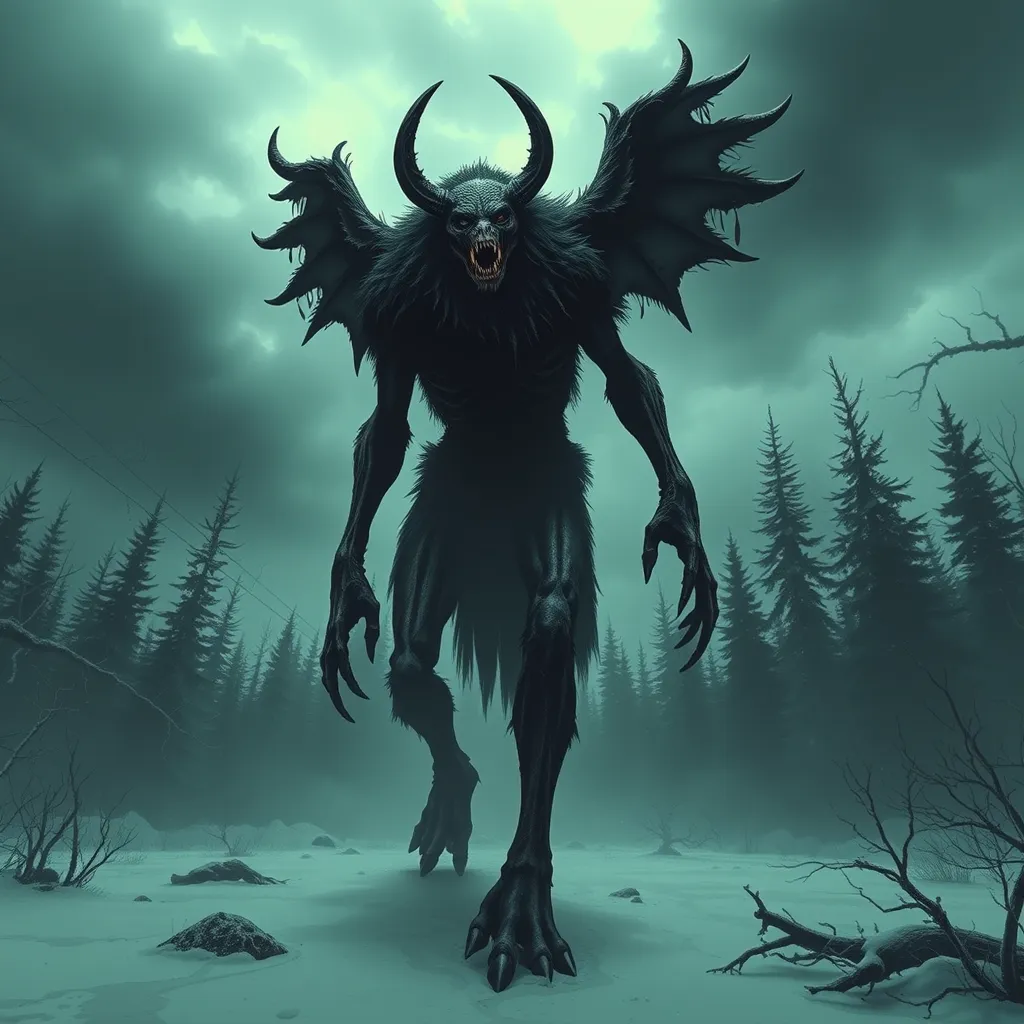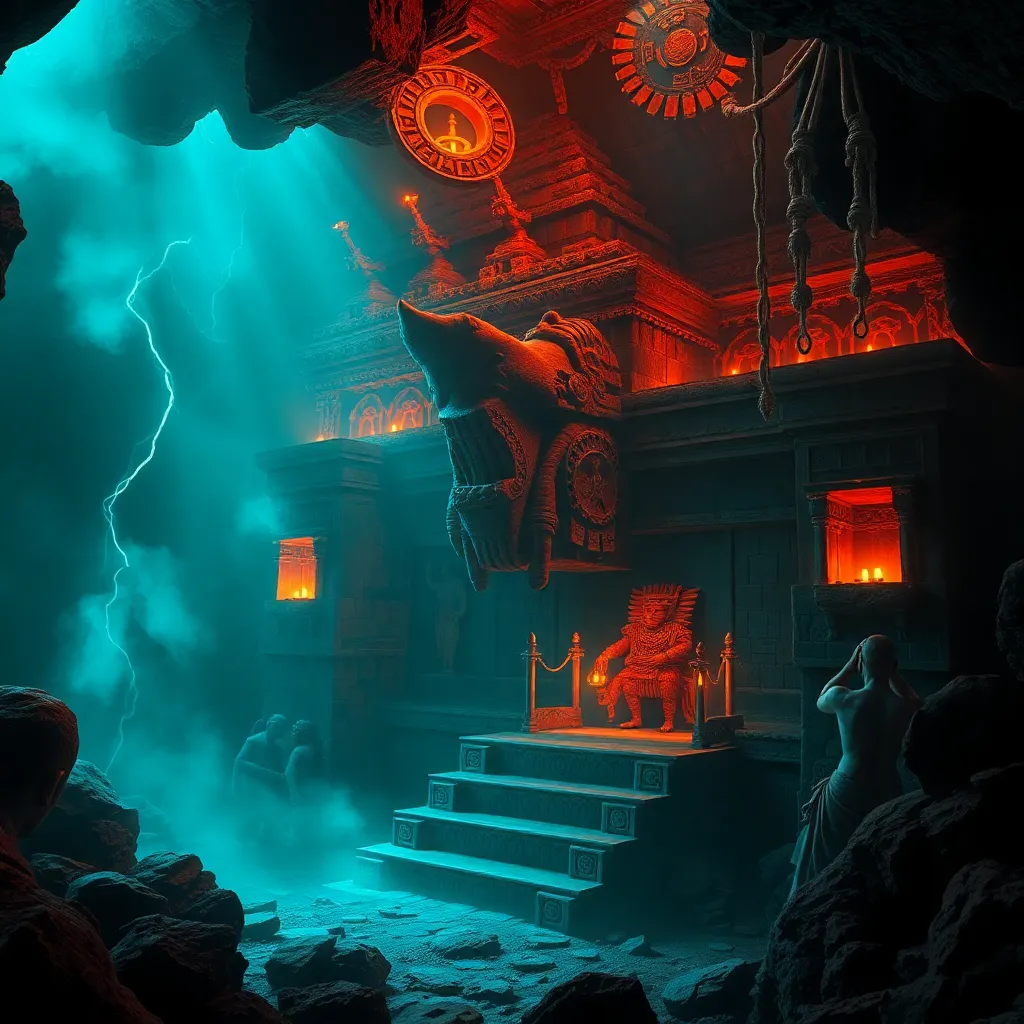The Underworld’s Temptress: Examining the Celtic Goddess Morrigan
I. Introduction
The Celtic goddess Morrigan holds a significant place in the tapestry of Celtic mythology, embodying both the fierce warrior and the alluring seductress. Often associated with fate, battle, and the supernatural, her character is complex and multifaceted. This article aims to explore the various roles and symbolism of Morrigan, examining her dual nature and the cultural significance she holds in both ancient and modern contexts.
II. Origins and Historical Context
The roots of Morrigan can be traced back to ancient Celtic culture, where she was revered as a goddess of war, fate, and death. Her origins are often interwoven with the landscape of Ireland and its mythological history.
Literary sources such as The Mabinogion and the Lebor Gabála Érenn provide insights into her character and the beliefs surrounding her. These texts depict her not only as a harbinger of war but also as a symbol of sovereignty and the land.
Over the centuries, Morrigan’s image has evolved, influenced by changing societal norms and religious practices. From venerated goddess to demonized figure in Christian texts, her representation reflects the shifting attitudes towards female power and sexuality.
III. Morrigan’s Characteristics and Attributes
Morrigan is often described with striking physical attributes, embodying the archetype of the warrior maiden. Her manifestations can vary, appearing as a beautiful woman, a crow, or a combination of both. These forms enhance her mystery and power.
- Crows: Representing death and the battle, crows are emblematic of her role as a goddess of war.
- Battle: Morrigan is deeply connected to the chaos and brutality of warfare.
- Sovereignty: She embodies the land itself, representing the connection between the people and their territory.
The significance of her three aspects, collectively known as The Morrigan, further illustrates her complexity. Each aspect reflects different dimensions of her character, encompassing the warrior, the lover, and the crone, thus representing the cycles of life and death.
IV. The Role of Morrigan in Warfare and Battle
Morrigan’s presence in warfare is undeniable; she is often seen as a goddess of fate and destiny. Warriors would invoke her name for strength and guidance in battle, believing that their fates were intertwined with her will.
Legends abound regarding her involvement in key battles, such as the epic Táin Bó Cúailnge, where she played a crucial role in determining the outcomes of conflicts. Her ability to influence the battlefield made her a formidable figure that warriors both feared and revered.
The concept of the “battlefield” in Morrigan’s mythology is not merely a physical space but a realm where life and death converge. She is known to appear as a crow on the battlefield, signaling her presence and judgment over those who fight.
V. Morrigan as a Goddess of Death and the Underworld
Morrigan’s connections to the Otherworld highlight her role in the cycles of life and death. As a goddess of death, she guides souls to the afterlife, embodying the transformative nature of death.
Transformation and rebirth are significant themes in her mythology. Morrigan’s involvement in death is not seen as an end but rather as a necessary passage to a new beginning. This cyclical view of life is integral to understanding her character.
Rituals and practices honoring Morrigan often center around death and the afterlife. Offerings and ceremonies were conducted to seek her favor and ensure a peaceful transition for the deceased.
VI. The Temptress Archetype: Morrigan’s Seductive Nature
Morrigan’s character embodies the archetype of the temptress, where desire, power, and manipulation intertwine in her relationships. Her seductive nature is evident in various myths, particularly in her interactions with the hero Cú Chulainn.
In one of the most notable tales, she uses her allure to manipulate Cú Chulainn, showcasing her ability to wield desire as a form of power. This interplay of seduction and strength illustrates the complex dynamics of gender and power in Celtic society.
The implications of her seductive nature extend beyond individual myths, reflecting societal views on femininity, sexuality, and the power dynamics between men and women in the ancient world. Morrigan challenges traditional gender roles, making her a figure of both admiration and conflict.
VII. Morrigan in Modern Culture and Adaptations
In contemporary culture, Morrigan continues to captivate audiences through literature, art, and media. Her representation has evolved, often reflecting modern interpretations of female power and independence.
The revival of interest in Morrigan among modern pagan practices demonstrates her enduring legacy. She is often invoked in rituals and ceremonies, serving as a symbol of empowerment and strength for many.
Furthermore, the impact of her archetype on feminist interpretations has sparked discussions about female agency and the complexities of womanhood. Morrigan’s character serves as a lens through which modern society can explore themes of power, seduction, and autonomy.
VIII. Conclusion
Morrigan’s multifaceted roles in Celtic mythology exemplify her enduring legacy as a goddess of war, death, and seduction. Her complexity challenges simplistic interpretations, inviting deeper exploration into her character and significance.
Understanding Morrigan’s intricacies enhances our appreciation for Celtic mythology and its rich tapestry of deities. As society continues to grapple with issues of power and femininity, Morrigan remains a relevant figure, resonating with those who seek to understand the complexities of the human experience.
In today’s cultural landscape, reflecting on Morrigan’s symbolism and roles can provide valuable insights into the ongoing dialogues surrounding gender, power, and identity.



